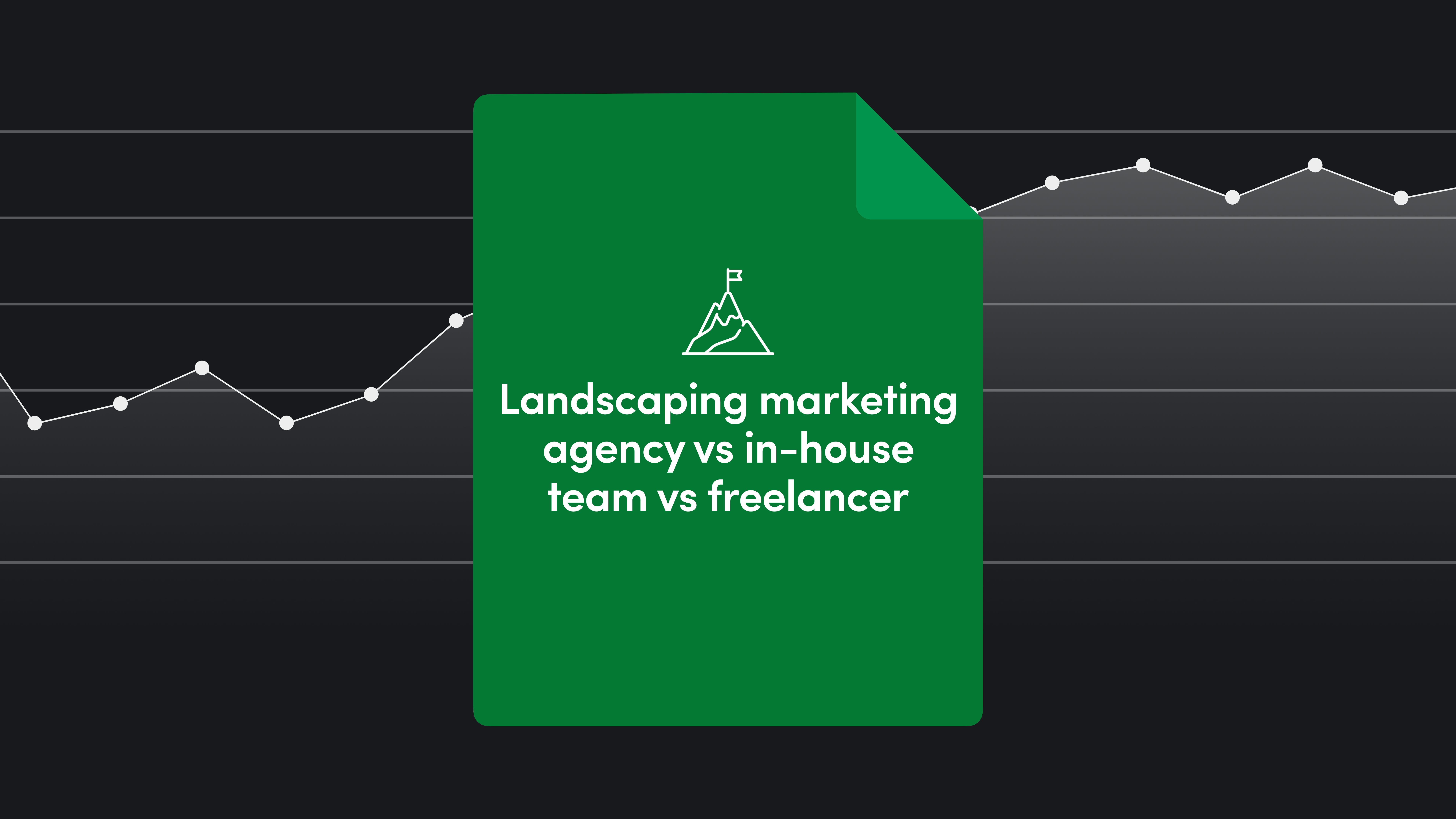Table of Contents
Acquiring a cleaning business takes thorough research and industry knowledge. Once you identify a suitable acquisition target, assessing its financial health and operational efficiency takes time. Post-acquisition, you face challenges in retaining employees and implementing new processes.
Buying a cleaning operation expedites expansion and increases revenue, but it also introduces risks like customer loss or hidden liabilities.
The following guide provides insight into cleaning business acquisition, including:
Due diligence strategies
Operational considerations
Risk management techniques
1. Assess your readiness
Before making an offer to purchase a cleaning company, consider the following:
Financial readiness: Determine the capital needed to purchase the service business and sustain operations.
Risk tolerance: Evaluate inherent uncertainties of acquisitions, such as employee turnover, client loss, hidden liabilities, and integration challenges.
Industry snapshot: Consider the current financial climate and how it will affect the industry in the short and long term.
Goals and motivations: Define post-acquisition targets and why you want to invest in this business opportunity.
2. Research potential opportunities
Research potential acquisition opportunities if you decide to move forward after assessing readiness. Hire a business broker to steer you to available opportunities, or conduct your own research via:
Online marketplaces: Websites like Flippa and BizBuySell allow you to search for opportunities by market and industry.
Networking: Attend networking and professional association events to meet other owners/operators in the cleaning industry. Word-of-mouth helps you find companies interested in selling.
Trade publications: Industry-specific magazines and websites advertise businesses for sale within the cleaning industry.
Research these aspects of potential acquisitions:
Market demand
Competition
Location
Growth potential
3. Conduct due diligence
Once you find a company to acquire, thoroughly vet them to ensure informed decision-making and mitigate risks:
Examine financial records: Review the company's financial statements, including income statements, balance sheets, and cash flow statements, to understand its financial health and performance.
Evaluate assets and liabilities: Assess the company's assets, such as equipment and property, and liabilities, including debts and obligations, to determine its overall value and financial stability.
Assess customer contracts: Analyze existing client contracts to understand the terms, pricing structures, and revenue predictability. Assess the potential for contract renewal and customer churn.
Analyze operational processes: Review the company’s cleaning procedures, staffing models, scheduling systems, and inventory management practices. Identify areas for improvement.
Investigate business reputation: Check online review sites to see what customers say about the company.
Look for licensing and legal compliance: Ensure the business holds the necessary licenses and permits to operate legally and check for any outstanding regulatory violations or lawsuits.
Your due diligence provides leverage in the negotiation process.
4. Negotiate the purchase
Enter negotiations with an understanding of the cleaning company’s value, calculated through one of these business valuation methods:
SDE multiples
EBITDA multiples
REV multiples
A business valuation based on numbers helps take emotion off the bargaining table. To secure the best price, follow these negotiation best practices:
Set clear objectives: Define your goals and priorities for the purchase, including price range, financing options, and desired terms.
Understand the seller’s motivations: Tailor the deal structure to align with the seller’s needs for a smoother negotiation.
Conduct market research: Compile information on current market conditions and comparable sales to justify your offer and negotiate from a position of knowledge.
Be prepared to walk away: If negotiations stall or have unfavorable terms, end them and explore other opportunities.
5. Avoid common pitfalls
To ensure a successful acquisition, be aware of these common mistakes:
Overpaying
Neglecting legal and regulatory requirements
Underestimating operational challenges
Failing to conduct thorough due diligence
The following tips will help you avoid or mitigate the mistakes above:
Conduct due diligence to ensure the asking price reflects the business's true value. This includes reviewing financial records, customer lists, and contracts.
Consult with legal, financial, and industry experts to ensure legal and regulatory compliance.
Understand the operational challenges specific to the cleaning industry, such as staffing issues, customer retention, and supply chain management, and develop a plan to address them.
6. Develop a transition plan
A thoughtful transition plan increases your chance of retaining employees and customers. The key components of a transition plan include:
License, permit, and certification transfers: Transfer licenses or cover the acquired company and employees under existing licenses or policies.
Staffing changes: Make necessary staffing adjustments, such as reassigning employees, to support expanded operations.
Client communication: Announce the change to the existing customer base. Focus the message on business continuity and improved services.
Technology integration: Evaluate existing business technology systems for both companies and decide what to keep and abandon. Combine all data into one system.
Branding adjustments: Develop a marketing plan that slowly rolls out new branding.
Proactive planning and effective communication when developing and implementing the transition plan minimize disruptions and maximize success.
7. Implement post-purchase strategies
Implement post-purchase strategies to ensure success and longevity for your new business. Post-purchase strategies include:
Optimize operations: Look for ways to streamline processes, boost efficiency, and cut costs. Ditch single-point solutions for core business functions in favor of an all-in-one cleaning business management solution like Aspire.
Retain clients: Offer reward programs or discounts for repeat business to incentivize client loyalty.
Retain employees: Pair employees from the acquired business with top performers on your team as mentors to keep them engaged.
Launch marketing campaigns: Use an omnichannel approach to increase brand awareness and acquire leads.
Continue to monitor performance metrics to identify areas for improvement.

Invest in technology to grow your cleaning business
Acquiring a business is the first step in scaling your operations. Implementing cutting-edge technology can drive ongoing growth for your cleaning company. Aspire is the only end-to-end business management system for janitorial contractors that provides visibility into their operations.
With real-time data readily accessible via custom reports and dashboards and accurate job cost tracking, the platform empowers cleaning business owners to make timely, informed decisions that dramatically improve sales, productivity, accountability, and profits.
Ready to scale your cleaning operations? Request an Aspire demo today.
Frequently asked questions (FAQs)
Get answers to some of the most common questions entrepreneurs have about acquiring a cleaning business
Q1: How profitable is owning a cleaning business?
According to SharpSheets' data analysis, based on calculating the average gross revenue of 660 cleaning franchise companies from the eight largest U.S. cleaning business franchisors, the average cleaning business earns $585,000 in gross revenue per year.
Q2: How do you calculate the value of a cleaning business?
There are three standard methods for calculating the value of a cleaning business:
SDE multiples: SDE = net income + depreciation/amortization + owner’s salary and benefits + discretionary expenses.
SDE x industry-specific multiple = company value
EBITDA multiples: EBITDA = net income + interest + taxes + depreciation + amortization.
EBITDA x industry-specific multiplier = company value
REV multiples:
Total revenue x industry-specific multiple = company value
Q3: What questions to ask when buying a cleaning business?
Ask the following questions when buying a cleaning business:
What is the business's current revenue and profit margin?
Are there any outstanding debts or liabilities?
What is the client retention rate?
Are there any long-term contracts in place?
Who are the main competitors, and what sets this business apart?
What is the market demand for cleaning services in the area?
Q4. What are the initial costs involved in purchasing an existing cleaning business?
In addition to the purchase price of the business, expect to pay for:
Legal and professional fees
Licenses and permits
Inventory and equipment
Insurance
Working capital
Contingency fund











